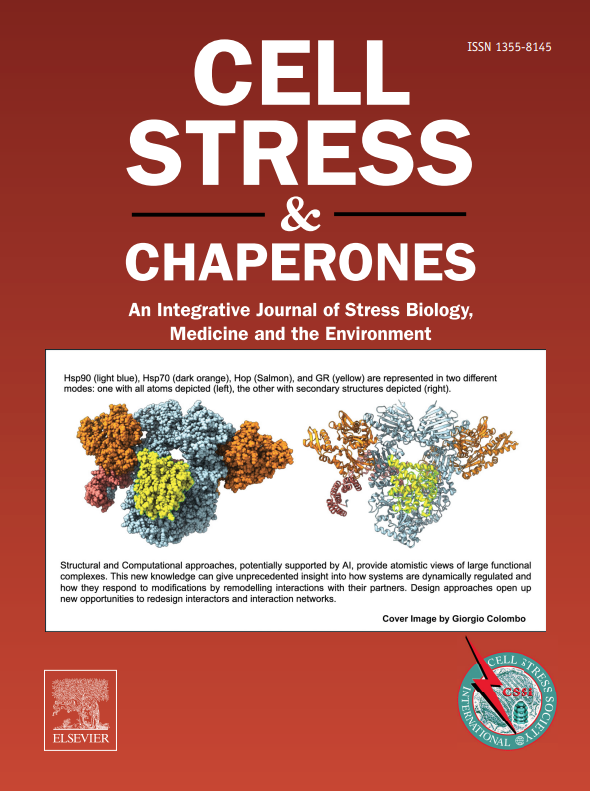Large-scale energy decomposition for the analysis of protein stability
IF 3.2
3区 生物学
Q3 CELL BIOLOGY
引用次数: 0
Abstract
To carry out their functions in cells, proteins are required to fold into well-defined three-dimensional conformations. The stability of the folded state dictates several aspects of protein life, such as their evolution, interactions, and selection of structures that are ultimately linked to activity. Sequence mutations may change the stability profile and consequently impact structure and function. Here, we use a simple, molecular dynamics-based energy decomposition approach to map the response to mutations of each amino acid in the sequences of a set of five test proteins with different lengths, folds, and topologies. To this end, we make use of the decomposition of the residue-pair nonbonded energy matrix. We show that parameters obtained from this analysis, namely the main eigenvalue reporting on the most stabilizing energy contributions and the spectral gap of the matrix (ENergy Gap), reproduce experimentally determined stability trends. At the same time, our approach identifies the residue-pair couplings that play key roles in defining the 3D properties of a certain fold. We discuss the relevance of these results for the design of protein mutants for experimental applications and the possibility for our energy decomposition approach to complement other computational and experimental analyses of conformational stability.
大规模能量分解用于蛋白质稳定性分析。
为了在细胞中发挥功能,蛋白质需要折叠成明确的三维构象。折叠态的稳定性决定了蛋白质生命的几个方面,比如它们的进化、相互作用和最终与活性相关的结构选择。序列突变可能改变其稳定性,从而影响其结构和功能。在这里,我们使用一种简单的,基于分子动力学的能量分解方法来绘制一组具有不同长度,折叠和拓扑结构的五种测试蛋白序列中每个氨基酸突变的响应。为此,我们利用残馀对非键能矩阵的分解。我们表明,从该分析中获得的参数,即报告最稳定能量贡献的主要特征值和矩阵的谱间隙(energy gap (ENG)),再现了实验确定的稳定性趋势。同时,我们的方法确定了残差对耦合,这在定义某个褶皱的3D属性中起着关键作用。我们讨论了这些结果对设计实验应用的蛋白质突变体的相关性,以及我们的能量分解方法补充构象稳定性的其他计算和实验分析的可能性。关键词。
本文章由计算机程序翻译,如有差异,请以英文原文为准。
求助全文
约1分钟内获得全文
求助全文
来源期刊

Cell Stress & Chaperones
生物-细胞生物学
CiteScore
7.60
自引率
2.60%
发文量
59
审稿时长
6-12 weeks
期刊介绍:
Cell Stress and Chaperones is an integrative journal that bridges the gap between laboratory model systems and natural populations. The journal captures the eclectic spirit of the cellular stress response field in a single, concentrated source of current information. Major emphasis is placed on the effects of climate change on individual species in the natural environment and their capacity to adapt. This emphasis expands our focus on stress biology and medicine by linking climate change effects to research on cellular stress responses of animals, micro-organisms and plants.
 求助内容:
求助内容: 应助结果提醒方式:
应助结果提醒方式:


